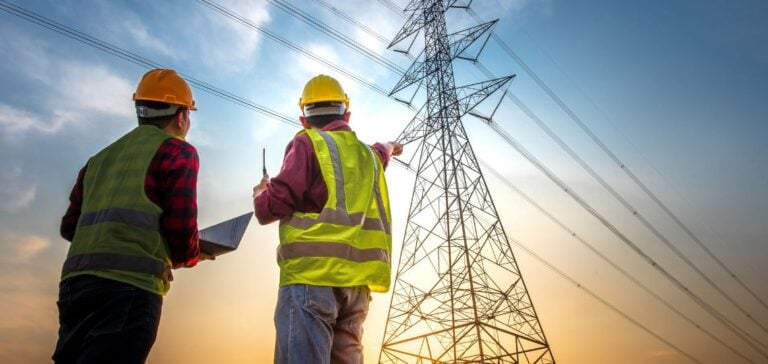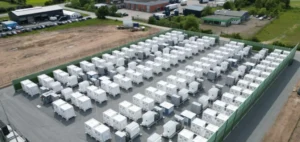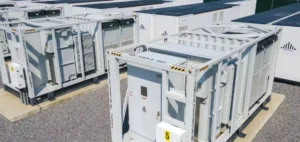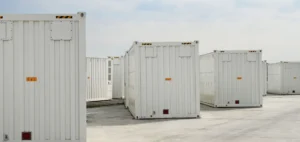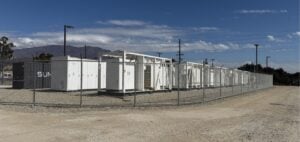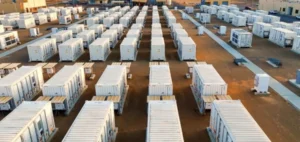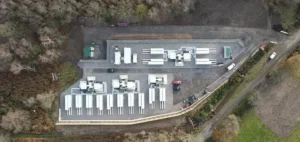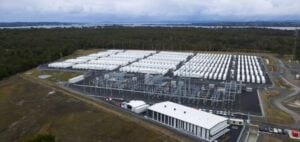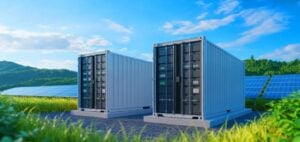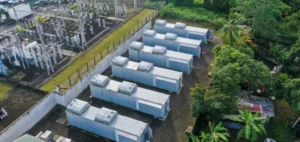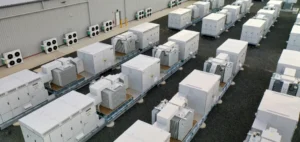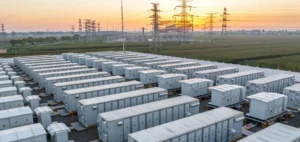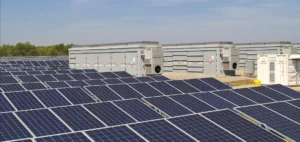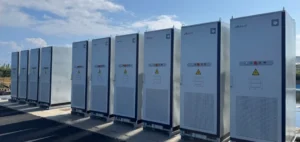Ontario’s Independent Electricity System Operator (IESO) is undertaking a significant expansion of its capabilities to integrate various energy solutions into the province’s power grid. With financial support of $16.7 million from Natural Resources Canada (NRCan), IESO’s Enabling Resources program aims to harness the potential of emerging technologies such as energy storage systems and hybrid generation/storage facilities. This initiative is part of a broader effort to ensure that Ontario can meet its future electricity needs through increased decentralization and diversification of its energy sources.
Stimulating innovation and decarbonization
Lesley Gallinger, President and CEO of IESO, emphasized that innovation is at the heart of Ontario’s energy transition. The funding will accelerate the integration of new clean energy projects, essential to powering homes and businesses across Ontario in the years to come. This approach is aligned with Canada’s goal of maintaining one of the cleanest electricity grids in the world, and pursuing the decarbonization of its energy systems in line with modern environmental standards.
Operational Improvements and Community Involvement
By 2026, IESO plans to enhance its network operations to facilitate the provision of energy and other network services by these emerging resources. Specific improvements funded by this initiative include equipping the IESO Control Center with real-time data on the state of charge of battery storage facilities. This upgrade will give power system operators a better understanding of the amount of stored energy available at any given time. In addition, the program will allow aggregators to consolidate smaller resources in different municipalities, enabling them to bid as unified entities on Ontario’s electricity markets.
Future Projections and Energy Needs
Ontario anticipates a 40% increase in its energy needs over the next two decades. IESO’s Pathways to Decarbonization report highlights the crucial role of integrating innovative technologies to bridge the impending supply gap. The report highlights initiatives such as the acquisition of 2,500 MW of battery storage, scheduled for completion by mid-decade, and the planned integration of 3,000 MW of storage capacity into the system by 2028. In addition, small-scale forms of supply, including hydro, wind, solar and new-generation biofuel sources, are eligible for IESO procurement to be launched this year.
The collaboration between federal and provincial entities to fund and facilitate Ontario’s energy advances marks a crucial step towards a more sustainable and resilient energy future. By integrating emerging clean energy technologies, Ontario is positioning itself as a leader in innovative energy solutions, ensuring the reliability and affordability of its electricity supply for future generations.


